Minimalist design has emerged as one of the most influential trends in interior design and architecture over the past few decades. Rooted in simplicity, functionality, and elegance, minimalist design aims to create spaces that are clean, uncluttered, and intentional. By focusing on essential elements and removing unnecessary details, minimalist design fosters a sense of tranquility and balance, making it a popular choice for modern living.
In this blog, we will explore the core principles of minimalist design, its historical roots, and how it is applied in interior spaces, particularly in solid wood furniture design. We will also look at the benefits of minimalist spaces and how brands like SpryInterior embrace the minimalist philosophy in their handcrafted wooden furniture.
The Principles of Minimalist Design
At its core, minimalist design is about stripping away excess to focus on what truly matters. It emphasizes functionality, simplicity, and a sense of space. Here are some of the key principles that define minimalist design:
1. Simplicity in Form and Function
The guiding philosophy behind minimalist design is "less is more." Rather than incorporating elaborate patterns or excessive décor, minimalist design emphasizes simple, clean lines and uncluttered spaces. Every element in a minimalist space serves a purpose, with functionality being just as important as aesthetics. Furniture and decorative items are chosen for their practicality and elegance, contributing to a serene and purposeful environment.

2. Clarity and Open Space
Minimalist spaces are known for their open, airy feel. The design typically avoids heavy, bulky furniture and instead opts for pieces that create a sense of openness. Clear, unobstructed spaces enhance the flow of natural light and allow the eye to rest, promoting a calming, peaceful atmosphere. This clarity extends to the layout and organization of the room, with thoughtful placement of each item to maximize space and functionality.

3. Neutral Color Palettes
Neutral, muted color schemes are a hallmark of minimalist design. Shades of white, gray, beige, and black dominate the color palette, contributing to a clean and cohesive aesthetic. These soft, understated tones help create a calming environment that feels spacious and inviting. While neutral colors are predominant, accents of natural wood, stone, or soft pastels are often used to add warmth and texture without overwhelming the space.

4. Emphasis on Quality Over Quantity
In minimalist design, quality always takes precedence over quantity. Rather than filling a space with many items, the focus is on carefully selecting a few well-crafted, durable pieces that will stand the test of time. This principle applies not only to furniture but also to décor, lighting, and materials. Investing in high-quality, minimalist furniture ensures that each piece serves a purpose and contributes to the overall aesthetic of the space.

The Origins and Evolution of Minimalist Design
The minimalist design movement began in the early 20th century, drawing inspiration from various artistic and architectural movements. Modernist architects such as Ludwig Mies van der Rohe, Le Corbusier, and Frank Lloyd Wright were pioneers in creating buildings that emphasized simplicity, clean lines, and open spaces. Their work laid the foundation for the minimalist aesthetic that would later become a defining feature of contemporary design.
The philosophy of minimalism has deep roots in Japanese design traditions, particularly Zen Buddhism, which emphasizes simplicity, balance, and the elimination of excess. The Japanese concept of "Ma" (the use of empty space) has greatly influenced minimalist design, encouraging the intentional use of space to create a harmonious, uncluttered environment.
In the 1960s and 1970s, minimalist design gained popularity as part of the Minimalism art movement, which focused on reducing art to its most fundamental elements. This movement encouraged architects and designers to embrace simplicity in form and reject ornate, overly decorative designs. Since then, minimalist design has evolved and become a global trend, influencing everything from fashion to architecture, and especially interior design.
Minimalist Design in Wooden Furniture
Wooden furniture plays a significant role in minimalist design, offering a perfect balance between functionality and natural beauty. The warm, organic qualities of wood add depth and texture to minimalist spaces, complementing the clean lines and neutral color palette that define the style. Here’s how minimalist design principles are applied to wooden furniture:
1. Clean Lines and Simple Forms
Minimalist wooden furniture is characterized by clean, geometric shapes and simple forms. There is little to no ornamentation or intricate detailing; instead, the beauty of the piece lies in its craftsmanship and materials. Rectangular dining tables, sleek wooden shelves with built-in storage and streamlined bed frames are common examples of minimalist wooden furniture that focus on functionality and simplicity.

2. Natural Materials and Finishes
One of the key aspects of minimalist furniture is the use of natural materials. Solid wood, especially oak, pine, walnut, and teak, is favored for its organic texture and timeless appeal. Minimalist wooden furniture often features natural finishes, such as light stains or untreated wood, allowing the grain and natural imperfections to become part of the design. This connection to nature adds warmth and character to minimalist interiors, balancing the clean, minimalist aesthetic with an element of earthy charm.

3. Multi-Functional Pieces
In keeping with the minimalist focus on functionality, many wooden furniture pieces in minimalist design are multi-functional. For example, a wooden bench may include hidden storage, or a coffee table might double as a desk. These dual-purpose pieces help reduce clutter and make the most of limited space, while still maintaining the sleek, minimalist aesthetic.

4. Sustainability in Design
Another important aspect of minimalist design is sustainability. By focusing on quality, durability, and timelessness, minimalist furniture is designed to last for years, reducing the need for frequent replacements. Wooden furniture, particularly when sourced from sustainably managed forests or reclaimed wood, aligns with the minimalist commitment to eco-friendly, sustainable living.

The Benefits of Minimalist Design
Minimalist design offers numerous benefits for both homeowners and interior spaces. Here are some of the key advantages:
1. Reduced Clutter and Stress
A minimalist space is free from clutter, which helps create a more peaceful and stress-free environment. By limiting the number of items in a room to only those that are essential and meaningful, the space becomes more calming and conducive to relaxation.

2. Enhanced Focus and Productivity
The clean, uncluttered nature of minimalist spaces can enhance focus and productivity, making it an ideal design choice for home offices or creative workspaces. Without distractions, individuals can concentrate on the task at hand, leading to improved efficiency and mental clarity.
3. Timeless Appeal
Minimalist design is not bound by trends or fads. Its emphasis on simplicity and quality ensures that minimalist spaces and furniture maintain their appeal over time. By choosing classic, durable materials like wood, homeowners can create spaces that are both modern and timeless.

4. Improved Space Utilization
Minimalist design makes efficient use of space, especially in smaller homes or apartments. The open, airy feel of minimalist interiors makes rooms appear larger, while multi-functional furniture maximizes functionality without sacrificing aesthetics.
Creating a Minimalist Space in Your Home
If you’re considering embracing minimalist design in your home, here are a few steps to get started:
1. Declutter
The first step in creating a minimalist space is to declutter. Remove any items that are not essential or do not serve a purpose. This includes unnecessary furniture, decorative objects, or excess items that create visual noise. Keep only those items that bring joy or serve a practical function.
2. Choose Quality Over Quantity
Rather than filling a room with many items, focus on selecting a few high-quality pieces of furniture and décor that align with your minimalist vision. Well-crafted wooden furniture, such as a solid wood dining table or a simple, sleek bed frame, can act as focal points in a minimalist room.

3. Embrace Neutral Colors and Natural Materials
When designing a minimalist space, stick to neutral color palettes and natural materials. Soft whites, grays, and beiges create a calming backdrop, while wooden furniture and natural textures add warmth and character. Introduce accents of color through minimal artwork or textiles to add a personal touch.
4. Prioritize Functionality
Every piece of furniture in a minimalist room should have a purpose. Choose items that serve multiple functions, such as a wooden console table with built-in storage or a modular shelving unit that can adapt to different needs. This approach ensures that the space remains practical and uncluttered.
Conclusion
Minimalist design is more than just an aesthetic trend; it’s a philosophy that embraces simplicity, functionality, and quality. By focusing on clean lines, natural materials, and intentional use of space, minimalist design creates environments that are both calming and visually appealing. Wooden furniture, with its organic textures and timeless charm, plays a crucial role in achieving the minimalist aesthetic.
Brands like SpryInterior are leading the way in minimalist wooden furniture design, offering handcrafted pieces that blend simplicity with craftsmanship. By choosing SpryInterior, you can bring the essence of minimalist design into your home, creating a space that is both beautiful and functional, while staying true to the core principles of minimalism.


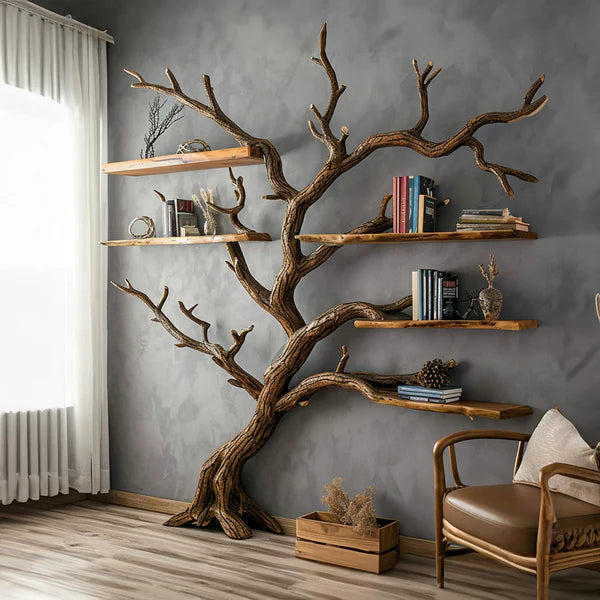
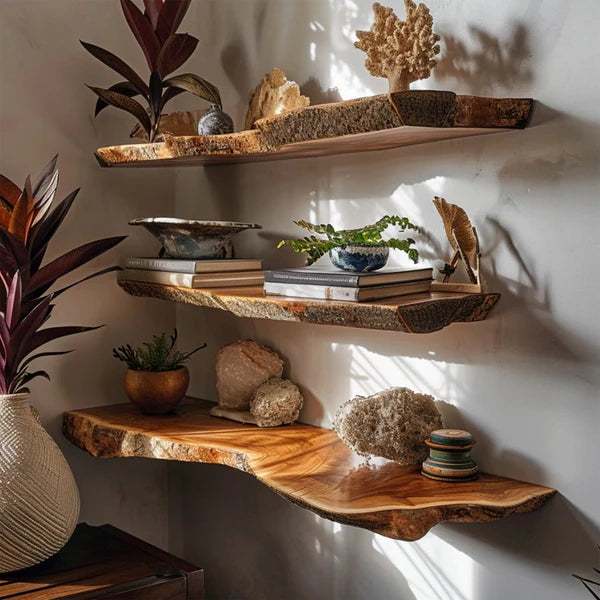
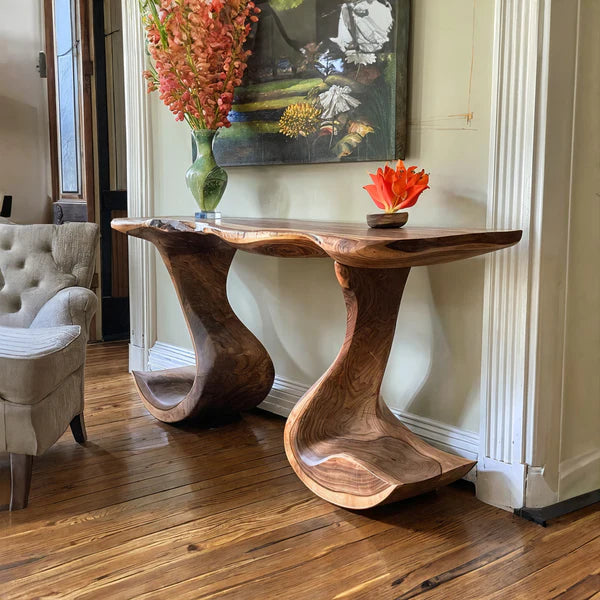
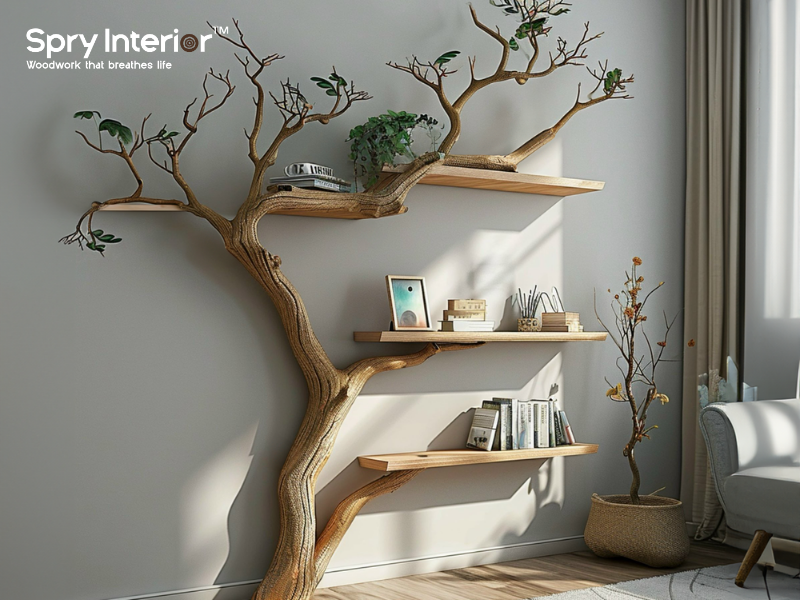
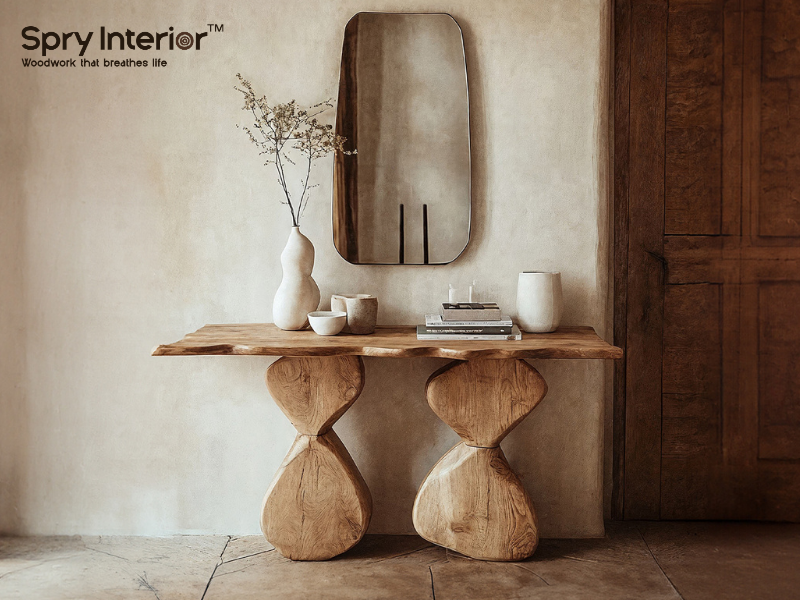
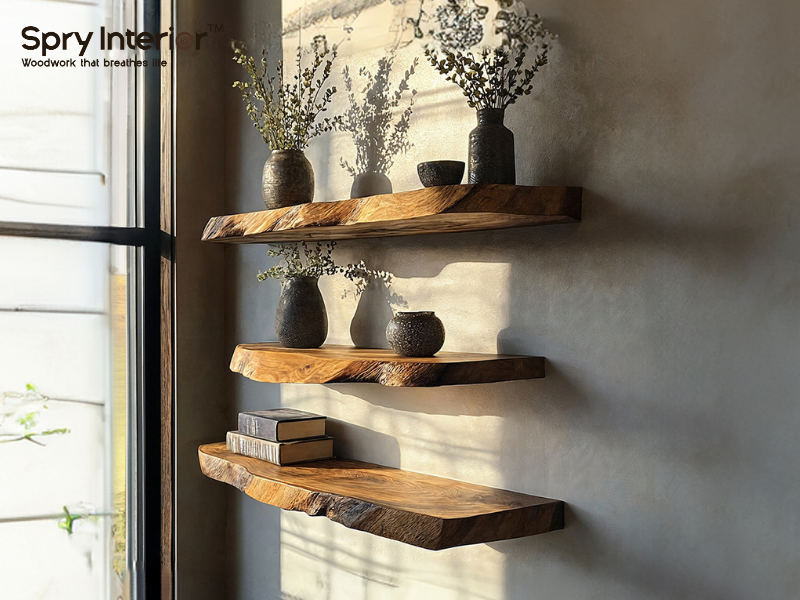
Leave a comment
This site is protected by hCaptcha and the hCaptcha Privacy Policy and Terms of Service apply.